
Now that you know about feeding wildlife, let’s look at the other needs of wildlife.
Water
California and other parts of the Southwest are under draught conditions most of the time. As a result, wildlife is desperate for water sources.
So, as your shower water warms, capture the cold stuff in a bucket. You can use it to water plants, but also fill a bird bath or small animal drinking fountain. Every morning I enjoy watching four or five hummingbirds fight for the perfect perch to take a bath in a fountain. Bees also visit for a quick drink, and we always need bees around to pollinate crops.
When you return from a day trip, let the ice from your ice chest melt. You’ve now got water for your fountain or bird bath.
Shelter
Like you and me, animals need shelter for sleeping, as well as raising young. But they also need it for protection. When you decide where to place a feeder or fountain, put it close to a dense shrub or tree for cover. Sometimes darting into a shrub is the only way to escape a large predator like a Cooper’s Hawk.
If you’re in a rural area and have the space, even a brush pile of limbs and branches can serve as shelter for sleeping or nesting wildlife.
Some people have luck with nesting boxes or nesting shelves, but not me. The native trees and shrubs in the canyon probably provide much nicer locations than a wooden shelf or clay nesting box.
If you don’t mind bats for neighbors, you might try a bat box. It’s a great place for bats to roost during daylight, and when they leave to forage at night, they’ll help rid your neighborhood of thousands of mosquitos and other insects.
Now that you know how to create a wildlife friendly yard, what will you provide? Will it be food? Water? Shelter? Or will it be all three?



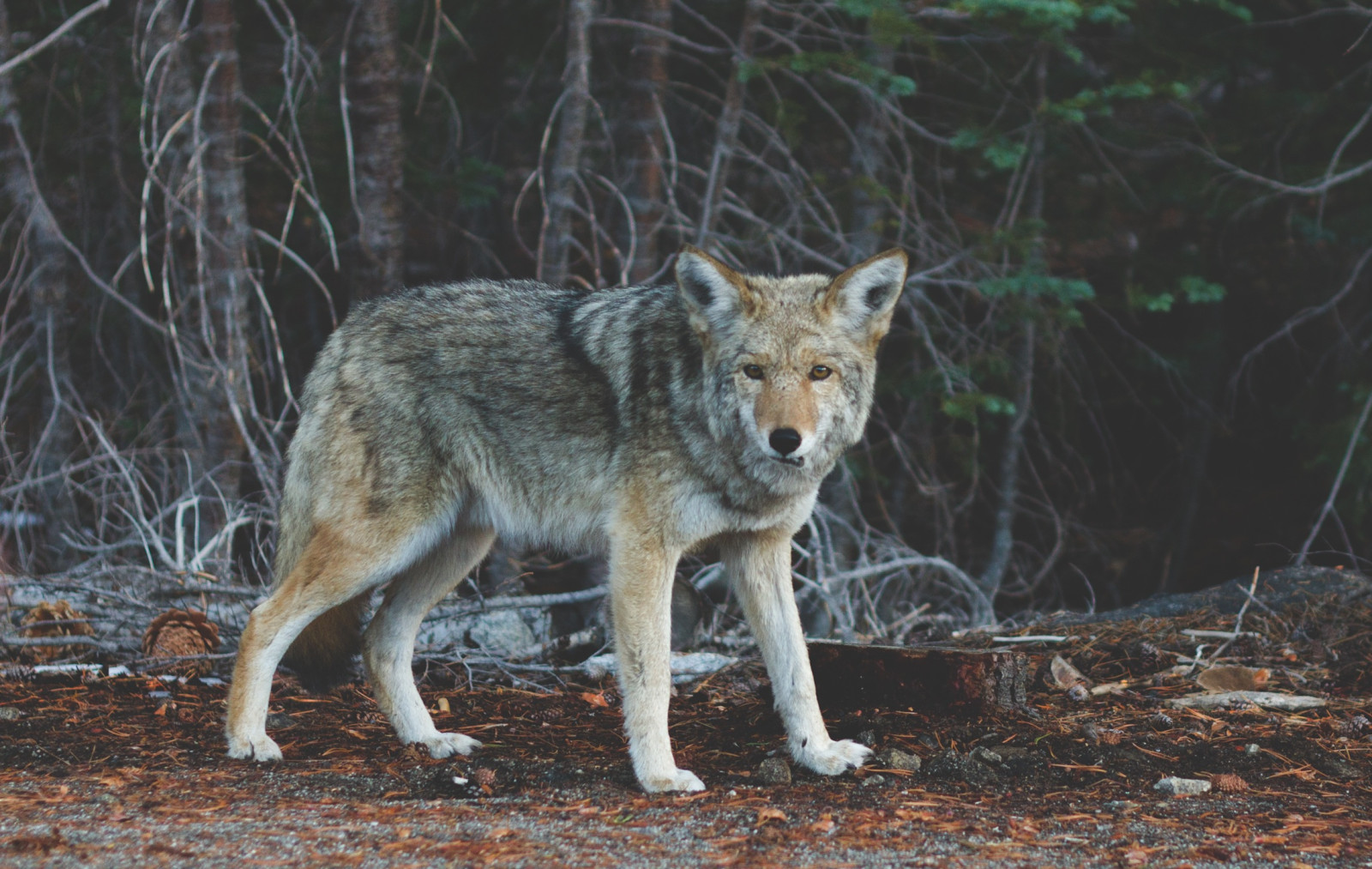
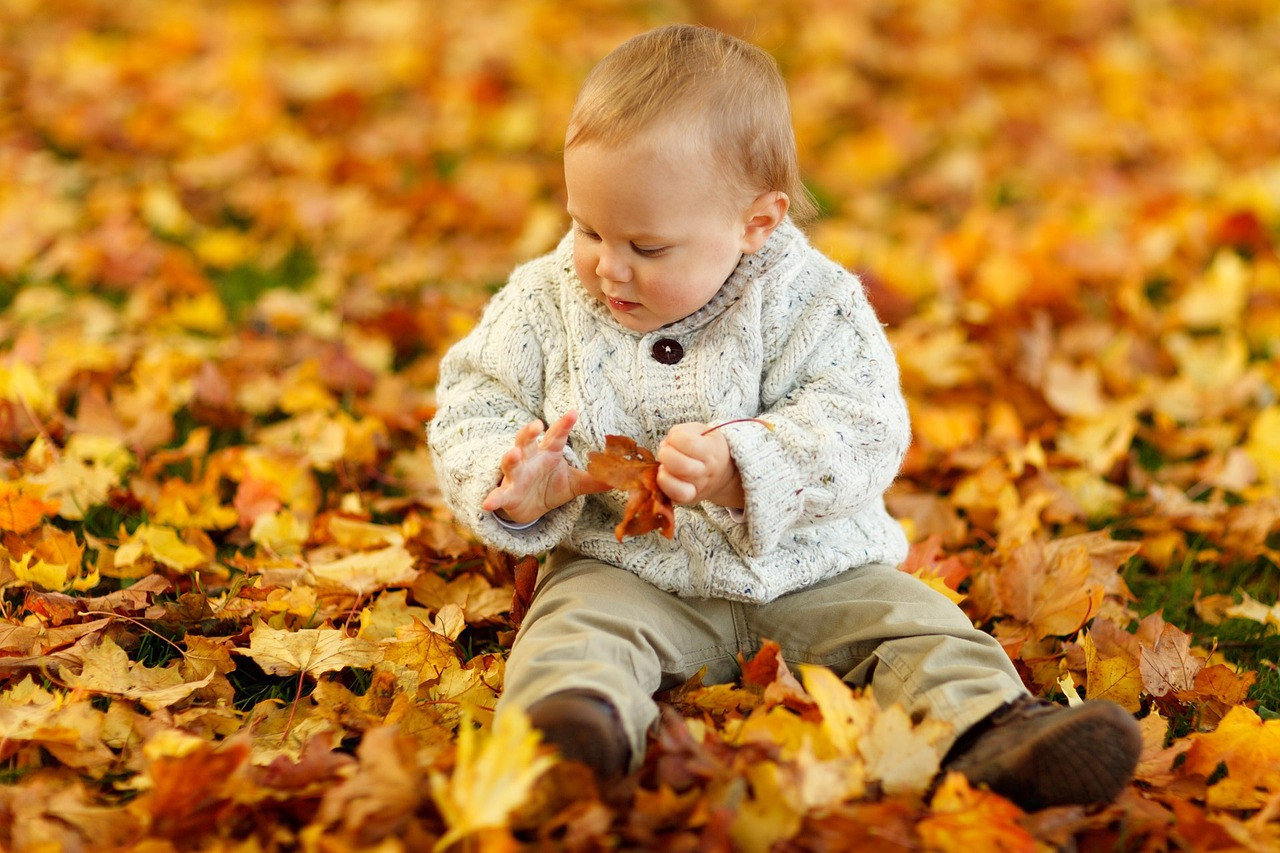
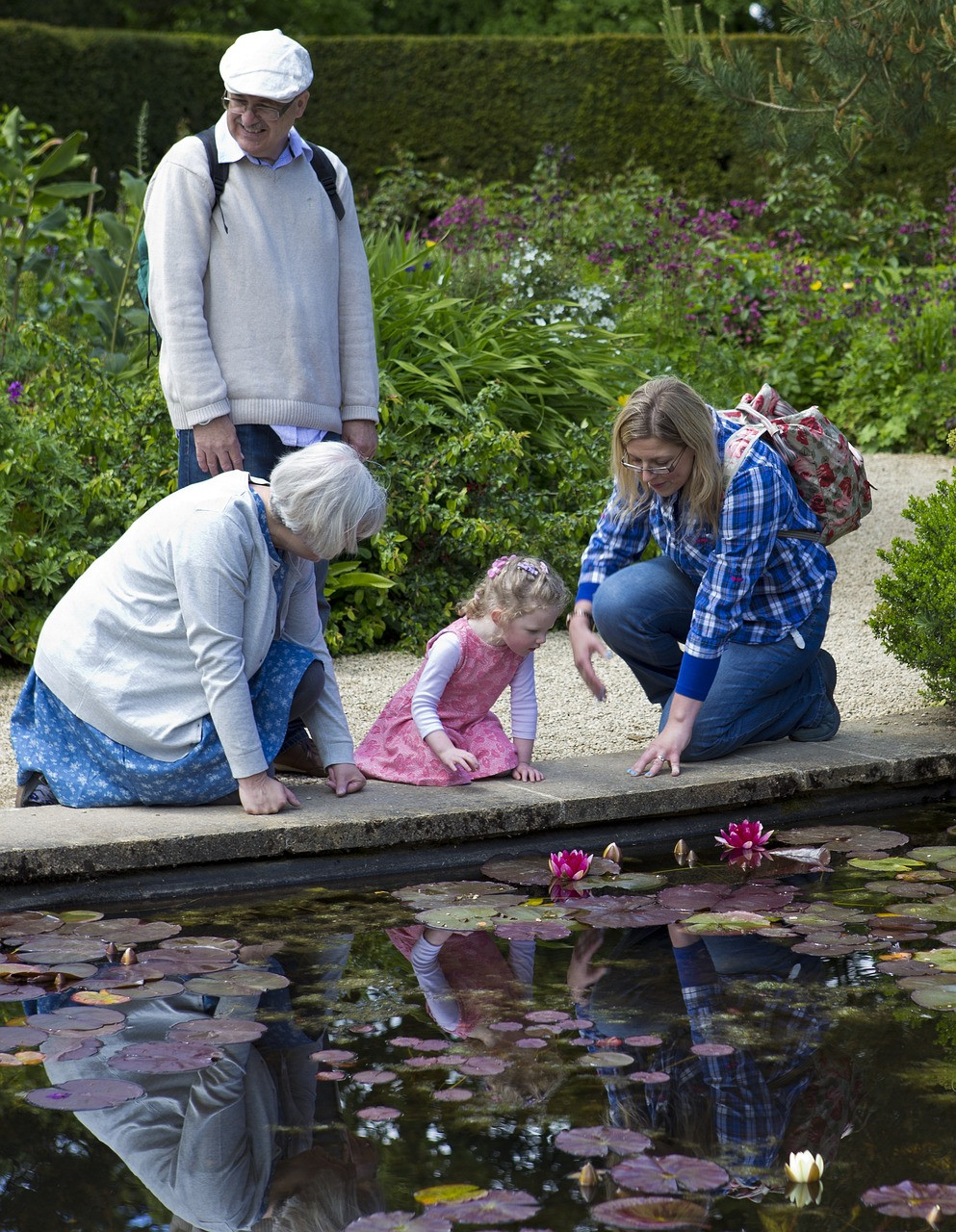
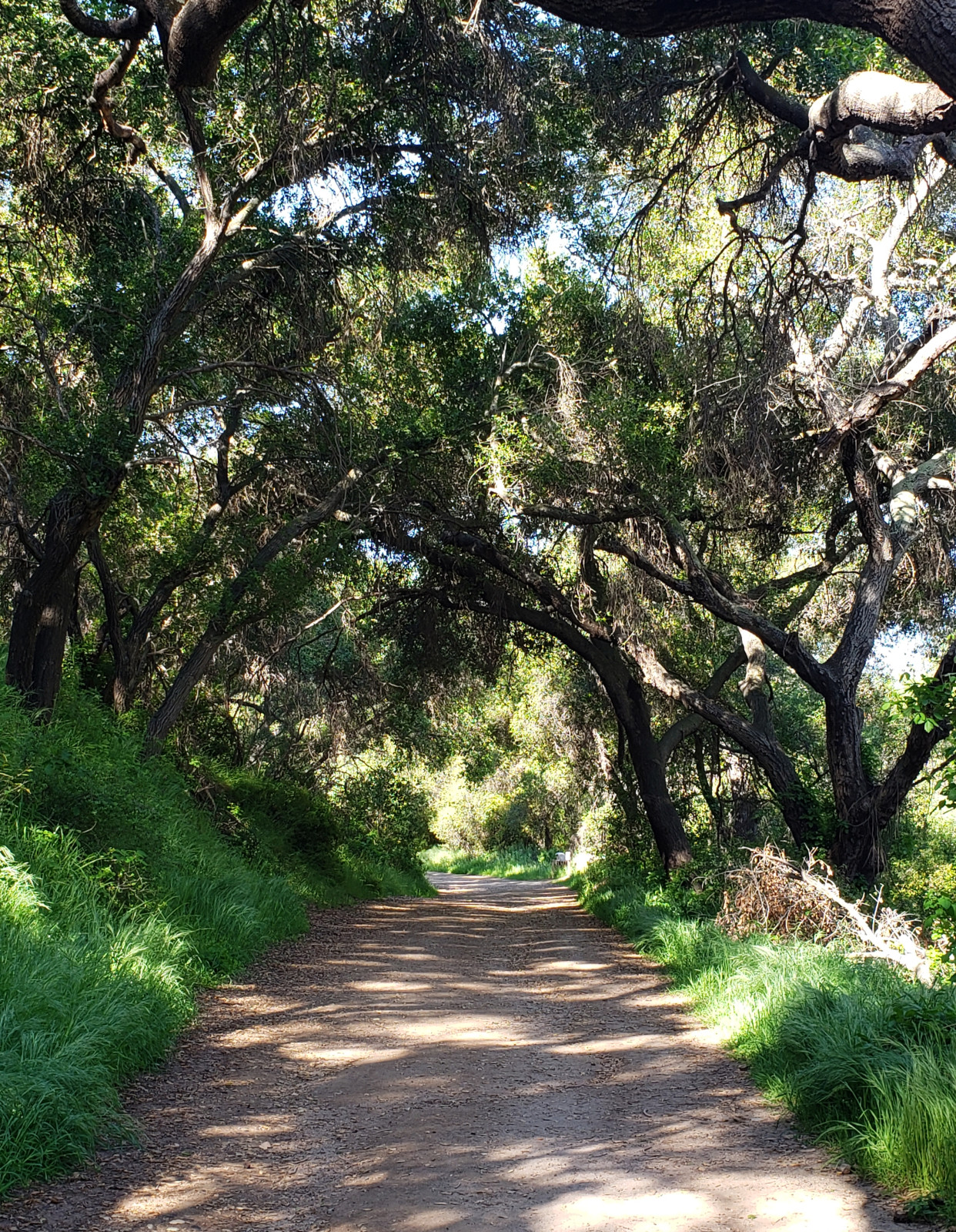


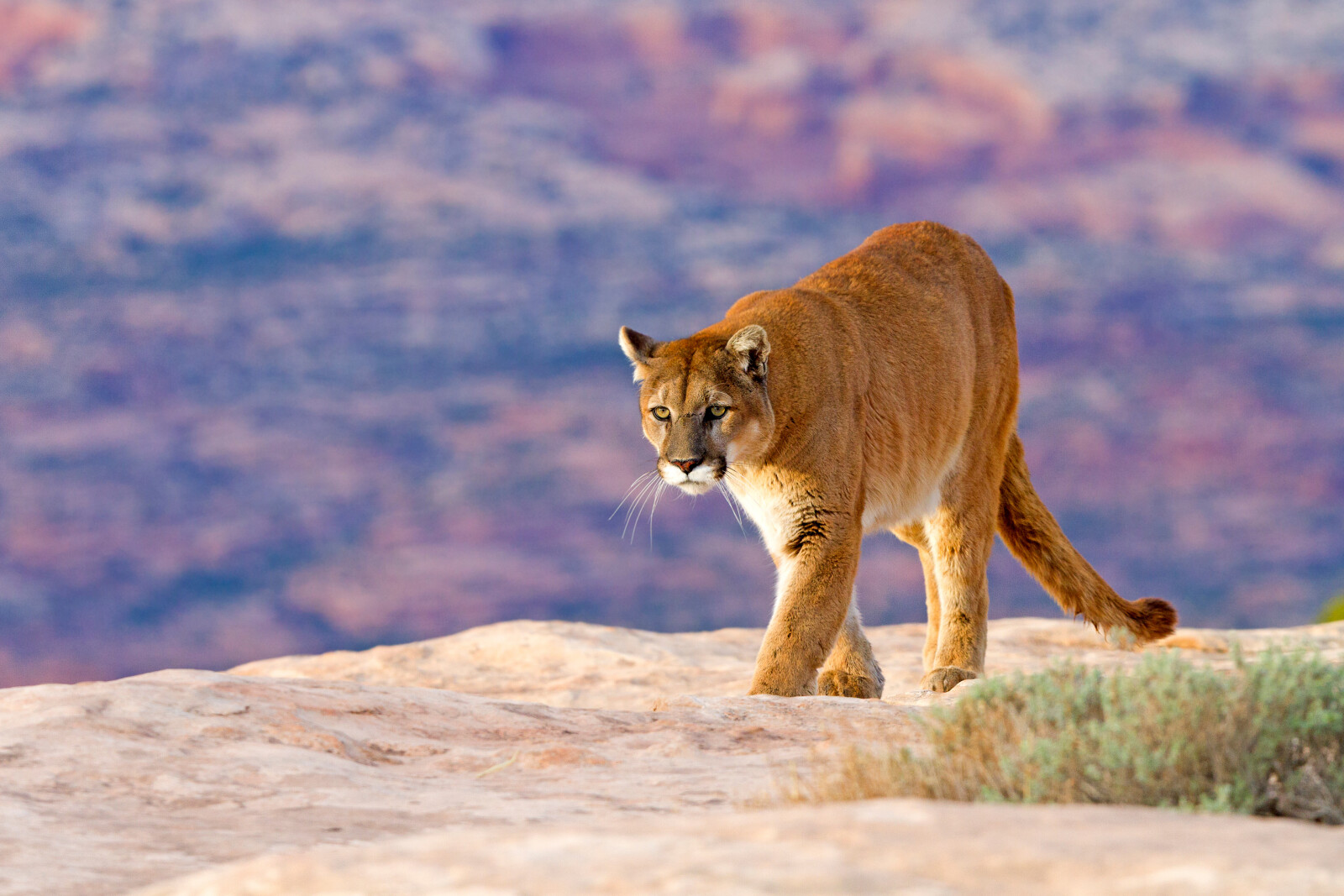

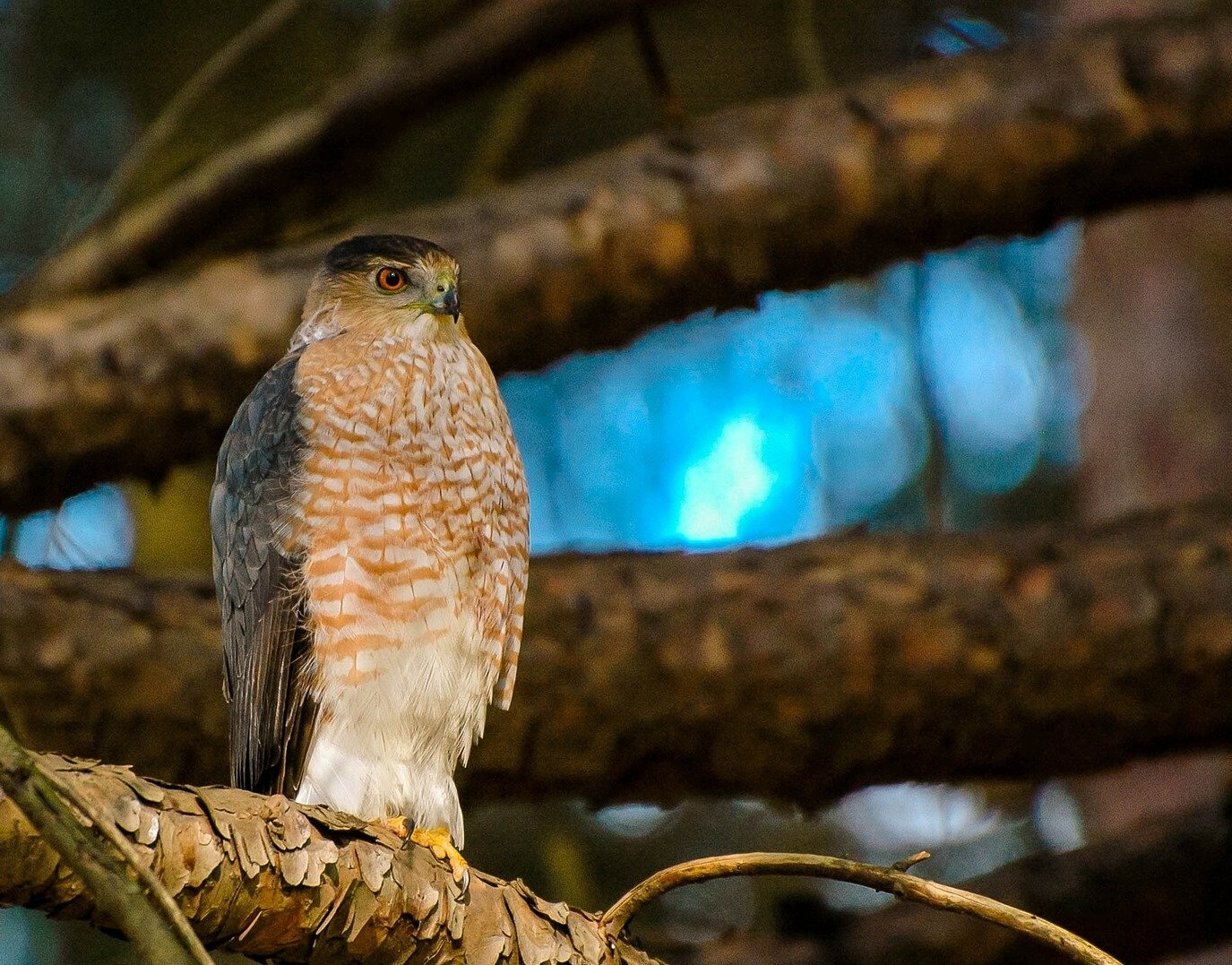


0 Comments